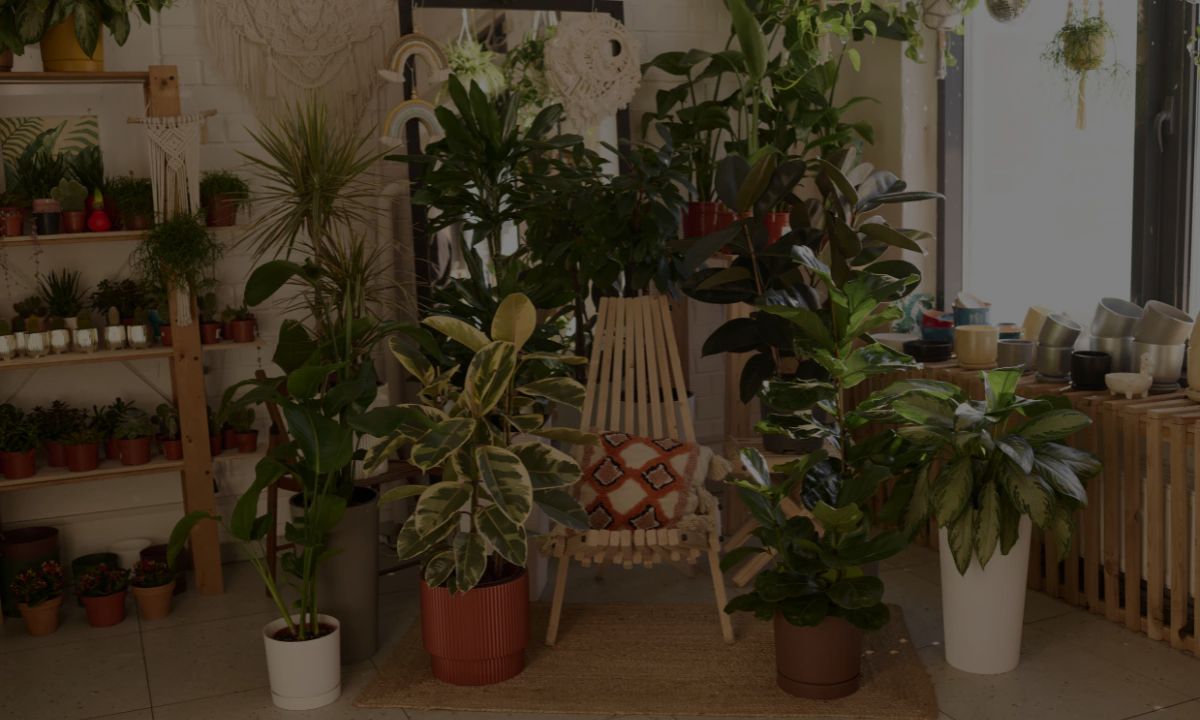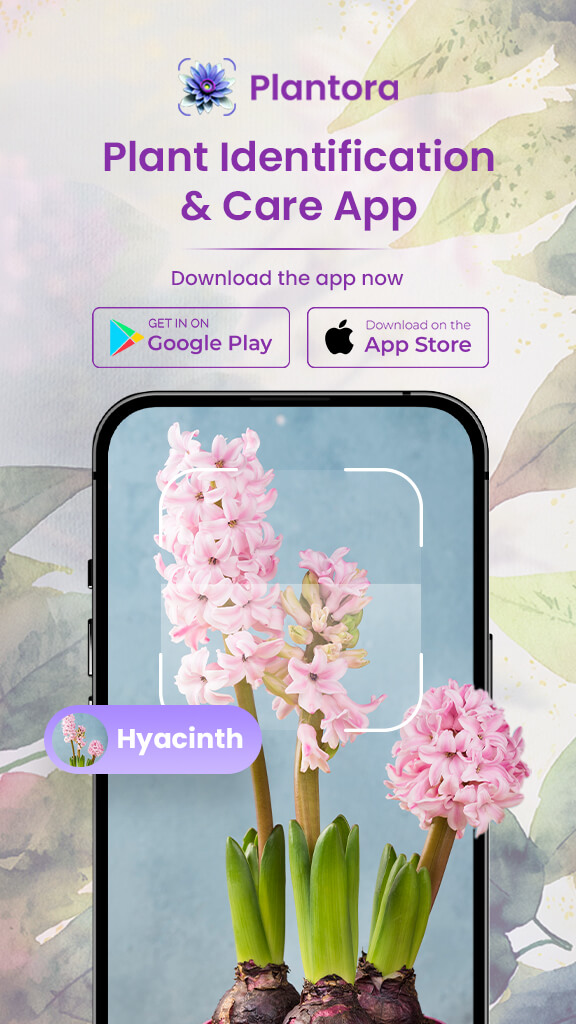
Indoor plants can create a peaceful atmosphere, enhance the air quality, and brighten your house. But it takes more than just sunlight and water to keep them healthy. In order to provide indoor plants with the nutrients they require to flourish, one needs to know how to fertilize indoor plants.
Various fertilizers for indoor plants can keep them healthy and therefore, pest and disease-free. However, choosing the right fertilizers for indoor plants is tricky, especially for beginners or novice gardeners. Every plant parent must know how and when to fertilize indoor plants to ensure better plant care and growth.
Therefore, if gardening is new to you! You will learn all you need to know about fertilizing indoor plants from this thorough guide.
Understanding Fertilizers
Let’s now begin with understanding different fertilizers for indoor plants and exactly what they provide for your plants. As a plant food, fertilizers provide vital nutrients that the soil might not have in the required levels. NPK, or nitrogen, phosphorus, and potassium, are the main ingredients included in the majority of fertilizers. Every one of these nutrients has a distinct function:
- Nitrogen (N): Promotes the growth of lush, green foliage.
- Phosphorus (P): Promotes blooming and root growth.
- Potassium (K): Enhances the general resilience and health of plants.
It is recommended to use these nutrients in a 10:10:10 ratio as it is well suited for most indoor plants. Moreover, other than these nutrients some micronutrients are beneficial for your plant’s growth. Nutrients like iron, copper, magnesium, manganese, and zinc can help in plant growth and overall health as well.
Types Of Fertilizers
Here are some different types of fertilizers that are generally used for many houseplants:
- Liquid fertilizers are simple to apply and swiftly taken up by plants. Perfect for novices.
- Slow-release fertilizers release nutrients gradually over time, necessitating fewer applications.
- Compost, seaweed, or manure are examples of natural materials used to make organic fertilizers. Eco-friendly and kind to plants.
- Synthetic fertilizers are made chemically to give nutrients in certain ways. These fertilizers for indoor plants are very effective but need to be applied carefully.
You can select the best fertilizer for indoor plants and their unique requirements by being aware of these fundamentals.
How To Choose The Best Fertilizer For Indoor Plants?

There isn’t a single fertilizer that is considered the best for indoor plants. Fertilizers are based on different and specific plant needs. And, therefore you need to know what your plant requires before feeding it. However, you can choose a fertilizer for indoor plants based on your plant’s type:
- Foliage plants, such as snake and spider plants choose fertilizers with a high nitrogen content to encourage lush and green foliage.
- African violets and peace lily are examples of flowering plants that benefit from fertilizers high in phosphorus to promote blooming.
- Cacti and succulents need little fertilizer and want a balanced, low-nitrogen fertilizer.
To be sure the fertilizer is suitable for your plant, always read the label. For most indoor plants, a balanced fertilizer (10-10-10) is a safe choice if in doubt.
How And When To Fertilize Indoor Plants?
In order to prevent overfertilizing, which can harm your plants, timing and frequency are essential. The spring and summer are when most indoor plants grow the fastest, so they need to be fed frequently. In contrast, they require little to no fertilizer during the fall and winter when they go into a dormant period. Here are some general guidelines you can follow:
- Depending on the plant’s growth rate, fertilize every two to four weeks during the active growth season (spring and summer).
- Reduce or cease fertilizing during the dormant season (fall and winter) unless the plant exhibits indications of vigorous development.
Stunted growth, poor flowering, and yellowing or browning of leaves are all indicators that your plant needs fertilizer. To prevent overfertilization, always satyr on the side of caution.
How To Fertilize Indoor Plants?

Following these steps makes fertilization simple:
- Dilute Liquid Fertilizer before applying because strong solutions can burn the roots. Always dilute liquid fertilizer to half or quarter strength.
- Evenly cover the soil with the solution as you pour it on. Unless it’s foliar feed, keep fertilizer off the leaves.
- Utilize slow-release pellets by scattering them on the soil’s surface and then watering them as normal. Over time, these release nutrients gradually.
- Foliar feeding: For rapid absorption, especially during times of active growth, mist the leaves with diluted fertilizer.
Moderation is just as important as consistency while fertilizing plants. It is better to underfertilize the plant than to overdo it.
Benefits Of Fertilizing Plants
There are many benefits of fertilizing indoor plants:
- Encourages Healthy Growth: In order for plants to grow as best they can, fertilizers supply vital nutrients like potassium, phosphorus, and nitrogen. Stronger stems, rich foliage, and vivid flowers are the effects of this.
- Enhances Flowering and Fruiting: To develop healthy blooms, plants like flowering anthuriums and peace lilies require more nutrients, especially phosphorus. Fertilization guarantees their regular growth and bloom.
- Enhances Root Development: Phosphorus-containing fertilizers aid in the growth of robust root systems in plants, which increases their stability and capacity to absorb nutrients and water.
- Enhances Plant Resilience: A healthy plant is more resilient to environmental stressors like irregular watering or low humidity, and plant diseases. Moreover, fertilizing also keeps houseplant pests away.
- Restores Nutrient-Depleted Soil: Indoor plants are grown in soil that is limited in nutrients and may eventually lose some of their nutrients. By replenishing these vital nutrients, fertilization keeps the soil fruitful.
- Resolves Nutrient inadequacies: Growth retardation or yellowing leaves are frequently signs of nutrient inadequacies. Fertilization improves plant health and helps with these problems.
- Promotes Faster Growth: Compared to unfertilized plants, plants that receive a balanced diet of nutrients typically grow more quickly and maintain their health.
- Maintains Green and Vibrant Plants: Nitrogen-rich fertilizers encourage the synthesis of chlorophyll, which results in lush, green leaves that give indoor environments a dynamic impression.
- Encourages Year-Round Growth: Light fertilization keeps certain indoor plants healthy and vibrant even during slower-growing seasons.
You can keep your plants lush and healthy by correctly feeding them.
Common Mistakes To Avoid While Fertilizing
When fertilizing, many novice gardeners make mistakes that frequently harm their plants. The following typical pitfalls should be avoided:
- Overfertilization: Excessive fertilization can result in a buildup of salt in the soil, which can burn roots and limit growth. The margins of the leaves may get crispy or brown.
- Inappropriate Fertilizer Type: Applying fertilizer that isn’t appropriate for your plant’s requirements will stunt growth or result in deficiencies.
- Ignoring the Watering Schedule: Root damage might result from fertilizing dry soil. The plant should always be watered before fertilizer is applied.
If you observe issues, use water to cleanse the soil to get rid of extra fertilizer and modify your schedule as necessary.
Conclusion
At first, fertilizing indoor plants could seem daunting, but with the correct technique, it turns into an easy and satisfying aspect of plant maintenance. You can make sure your plants flourish all year long by being aware of the different kinds of fertilizers, selecting the appropriate supplies, and adhering to a schedule.
Keep in mind that observation is the key to successful fertilization. Be mindful of the requirements of your plants and don’t be scared to try new things. You’ll quickly gain confidence as an indoor gardener with experience!
Raghav is a talented content writer with a passion to create informative and interesting articles. With a degree in English Literature, Raghav possesses an inquisitive mind and a thirst for learning. Raghav is a fact enthusiast who loves to unearth fascinating facts from a wide range of subjects. He firmly believes that learning is a lifelong journey and he is constantly seeking opportunities to increase his knowledge and discover new facts. So make sure to check out Raghav’s work for a wonderful reading.





